Introduction

In one of my drawers I found two rolls of Ektar 100 from the times a roll was only 8€. Expired 2015. Not exactly properly stored. So a good opportunity to see if the exposure meter works and where I stand with the rangefinder calibration of this camera.
Processing and scanning was done at urbanfilmlab in Germany.
What lenses to use?

But the first question was: which lenses to use with this camera? I cover M-mount lenses from 9mm to 135mm, but when relying solely on the rangefinder (and I am not ready to deal with external finders yet) it is better to limit this to 28 to 90mm, so these were my options:
7Artisans 28mm 1.4 FE+
Voigtländer VM 35mm 1.2 Nokton III
Voigtländer VM 75mm 1.5 Nokton
Leica 90mm 2.0 Summicron-M pre-Asph
I also have a 50mm 1.1 from a new chinese manufacturer coming, so I may add this to the list as soon as it arrives and if it turns out to be a good lens.
My sample of the 7Artisans 28mm 1.4 is a very early one and the rangefinder coupling doesn’t work with the M6 (does with the M10 though). It seems 7Artisans revised the design and I hope to get a spare part to fix this, but this is a story for another article.
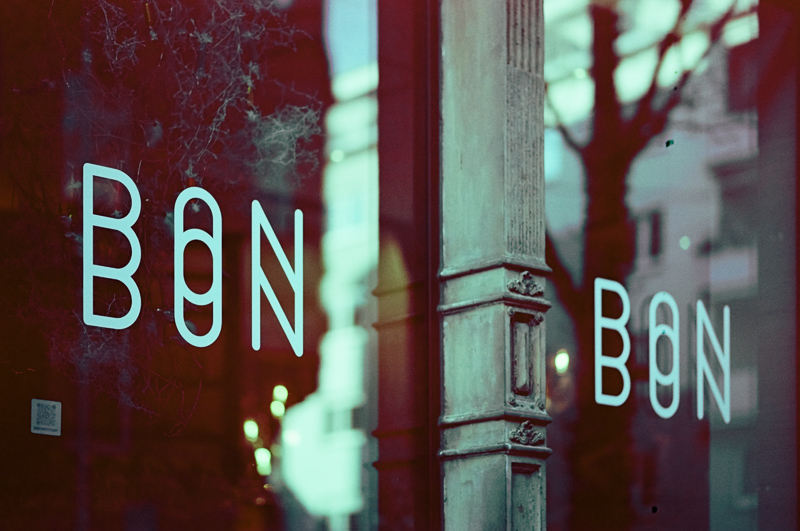
The other three lenses are well calibrated with working infinity hard stop (I checked this on the M10), so I was good to go.
PS: The MS-Optics lenses 24mm 2.0 and 50mm 1.0 both do not even feature a well calibrated infinity hard stop and in addition to that a lot of field curvature, so probably better to keep using them on digital.
Ektar 100

The Ektar 100 was expired in 2015 and I didn’t store it in a fridge or something like that, so I didn’t really know what to expect at all. Some sources on the internet said it is a good idea to add a stop of exposure for every 10 years the film is expired, so I shot it as ISO 65, which in terms of exposure worked mostly ok.
The lab I sent the film to (urbanfilmlab in Kleve, Germany) sent me the scanned pictures with a note, that the film was either expired or not stored properly (truth: both) and there were some severe color shifts.
Leica M6 | Voigtländer VM 35mm 1.2 III | f/1.2
The color shifts, they are really severe. So severe it wasn’t easily possible to correct them. I tried to correct a few pictures to give little less wonky colors, but in the end I often did what I always do when the colors suck: convert the pictures to black and white, which worked really quite well.
Rangefinder Calibration
From my initial tests I already had the feeling that the rangefinder calibration is not perfect at close ranges so I spent a few exposures on testing the three lenses at maximum aperture at infinity and at around 1.0 m.
As expected infinity was fine (I calibrated this, it is easy to do), but at close range there was a 1-2 cm backfocus visible with the 75mm and 90mm – even though the resolution isn’t that great, most likely due to the film being expired.
The depth of field of the 35mm even at f/1.2 was already enough to mostly mask this – at least when using this now lower resolution film.
In the field and when using the lens at slightly longer focus distances the hit rate was mostly fine though, even at maximum aperture. Still I will send the camera to an expert to have it properly calibrated.
What’s next?
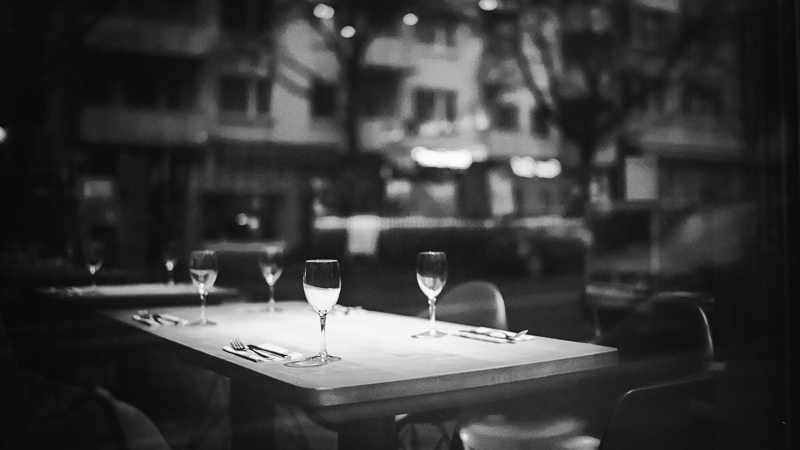
Before I can enjoy using this camera there is a bunch of things I have to take care of first:
- Get the framelines fixed under warranty
- Get the rangefinder calibrated by an actual expert
- Get a spare part for the 7Artisans 28mm 1.4 to make it work with M6
So the new films I already have in the fridge may stay there a little bit longer. This starts to become more of a long time adventure…
Additional Pictures
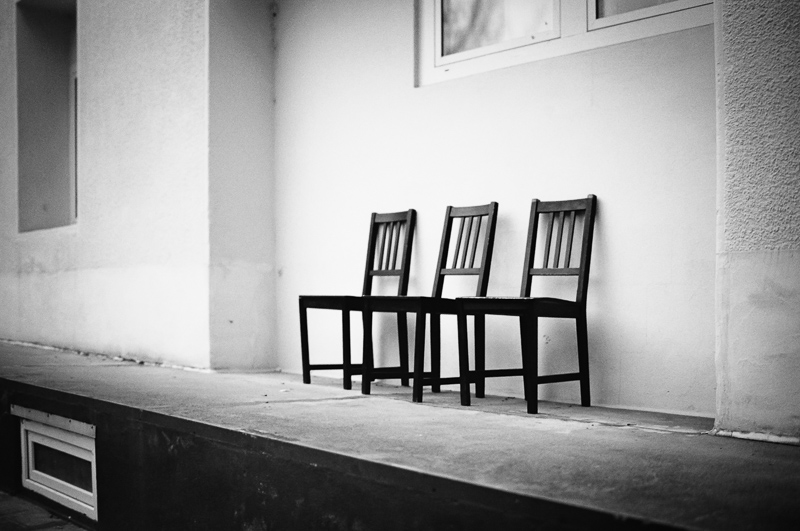


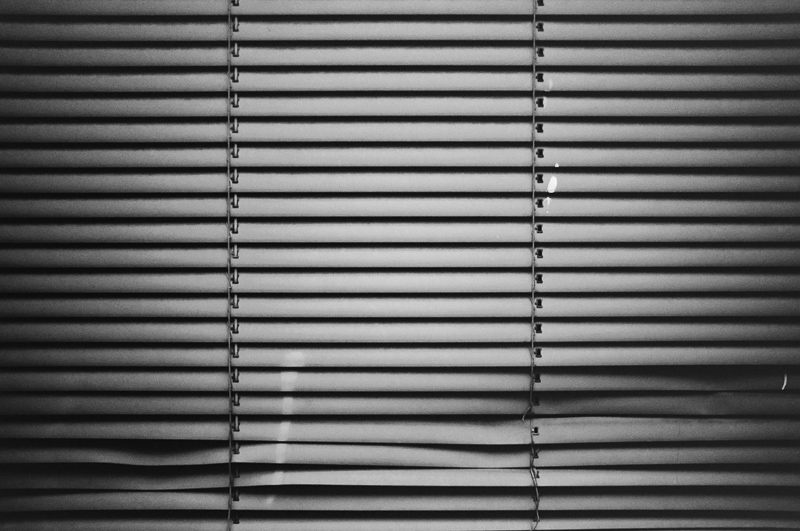




Further Reading
- Analogue Adventures Landing Page
- Sony FE lenses: Our comprehensive and independent guide
- Leica M10 – The Camera (?)
- What makes a picture good?
- Bokeh explained
Support Us
Did you find this article useful or just liked reading it? Treat us to a coffee or a roll of film!
![]()
![]()
![]() via Paypal
via Paypal
Latest posts by BastianK (see all)
- Analogue Adventures – Part 33: Harman Phoenix 200 - July 24, 2024
- Review: Nikon 200mm 2.0 IF-ED Ai – The first of its Kind - July 21, 2024
- Review: Voigtländer 50mm 1.1 Nokton – Better than its reputation? - July 17, 2024





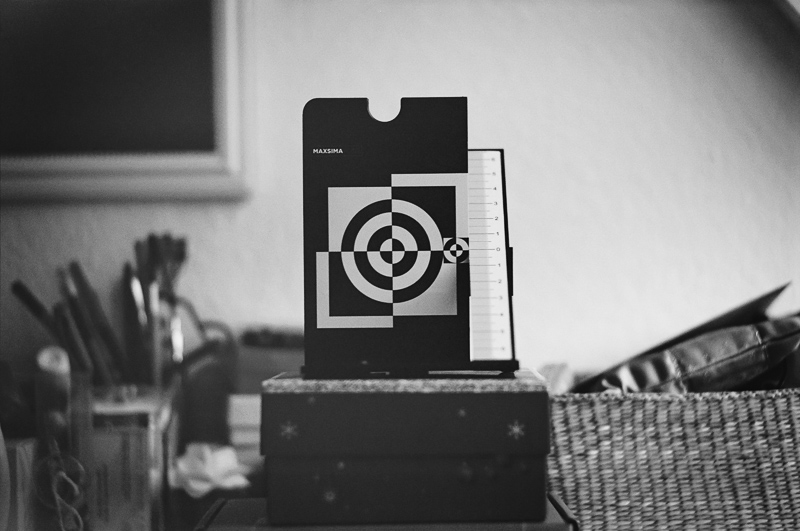


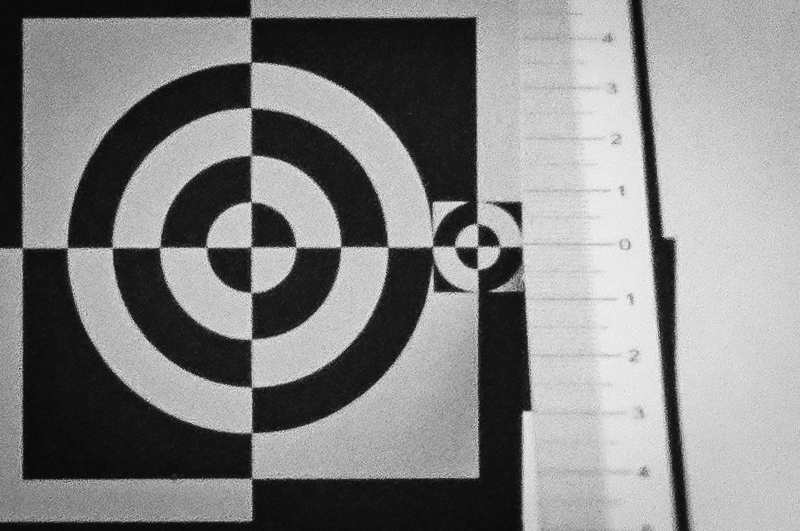
I find it amazing how you still manage to make compelling photos even from an old film. How did you do the digitization? Did you scan the film or the developed image? And with which scanner? Or simply photographed?
I stopped taking analog photos because the development of the films and the prints were just incredibly bad. But if you have a good experience with the lab in Kleve, I would like to reactivate my Leica M3.
I had them do the scanning of the negatives, I did nothing but send the film there and pay ~15€ and they sent me a wetransfer link to download the pictures. They also sent me the negatives of course.
I was thinking of trying to digitize it with a macro lens and compare the results, but I need a holder for that first and it isn’t on top of my priority list.
thanks for the reply. Getting the scanned images will make things much easier, at least for me. My results many years ago with a simple transmitted light scanner (don’t know, if this is the right term) were not optimal and it just took way too long.
Life is too short to do scanning on your own by hand for every single picture.
My long term goal is to make kind of a database post what films are still (and widely!) available,
what kind of look they give, where you can have them scanned and what to expect.
But this is something not done in one or two weeks, it will be a much much longer (and also somewhat costly) process.
Bastian, take a look at https://www.filmtypes.com/films, I believe they have most of the features you want. The big problem with film is especially with b&w you often have 20+ combinations of developer, time, and exposure push/pull.
In terms of holders- I’ve a set of holders for epson 4490 flat scanner[20 something euros], with a budget lighttable[Kaiser Plano, my friend used cheap led panel with ok results] it works ok, in terms of scanning speed it takes me like 15 minutes to set up and digitize a roll.
That is an interesting overview indeed.
You can use a normal tripod and a cheap (50eur) Raleno light that has a high CRI with a film holder (I use the lomography digitaliza and it works great). You will probably have a macro lens but I use the Contax 35-70 in macro mode on my Fuji and it works a treat for 120, but I want to get a 1:1 for 35mm. This setup gives you much better results than most labs, and you can invert images fairly easily manually in Photoshop (Alex Burke has a great tutorial on this) or automatically using Negative Lab Pro. I would highly recommend. Much faster and better quality than any other methods I’ve tried (flatbed, lab scans)
I happily use SCSI scanners on Windows 10, many acquired cheaply (<£100) because they go under the radar. For example, Artixscan 4000T, 4000dpi.
Happy to sit with anyone to explain the process, if you have a computer with a PCI slot.
In your example you can ditch the light table for daylight with a slide duplicator or that Nikon film scanning accessory- I've seen it happen.
I like a lot the photographs, they have a je-ne-sais-pas-quoi that make them beautiful, probably the ones with the funky colors even more :). I believe that in spite of your comments https://phillipreeve.net/blog/leica-m10-the-camera/ the rangefinder camera, its compactness, the footprint of the lenses,… is very very compatible with you 🙂 🙂 🙂
Looking forward for the third part!!!
As outlined in the first part my requirements for an analogue camera were quite different compared to those for a digital camera, and here the M-mount seems to be by far the most “alive”.
There are no new F-mount lenses (except for maybe a few uninspiring Voigtländer SL ones) and no new EF-mount lenses.
And there is also no E-mount film camera.
So judging by my lens cabinet it was kinda the only viable decision to get an M-mount film camera. Doesn’t change what I have written in my M10 article or my list of possible improvements I sent to Leica – of which quite a few have been fixed or improved with the M11 by the way.
If I had to only shoot film I would have probably gotten a Nikon F5 or F100 though.
I have to say I actually like the photos where the color is off, kind of a happy accident.
B&W film is fairly easy to develop at home, I think the stuff I have to do 35/120 cost me about $200us including chemicals to do @20 rolls. 4×5 film ramped up the costs with more tanks and film holders.
I ended up getting my wife a sous-vide with the underhanded thoughts that It would do a great job holding a water bath at the right temp for color film but I haven’t gotten around to shooting or developing any yet.
If you do end up scanning yourself, skip the flatbeds- they’ll just put you even more off from doing 35mm.
“Life is too short to do scanning on your own by hand for every single picture.”
Interested to hear elaboration – as I don’t shoot too often, I don’t see it as a big time sink. I spend equal time processing RAWs as scanning in.
I still need to do digital processing, so that scanning is just additional work.
Dear Bastian,
In the early 2000’s I did my professional work (architecture photography) hybrid: photography analog with a fieldcamera (6×9 cm/4×5 inch) and post by scanning with Flextight (now Hasselblad). So my clients got files, that simplified their work and I had the opportunity to get the first experiences with digital processing. I learned a lot about colorspace, and -management, 8- or 16-bit process, and the knowledge about Ansel Adams Zone-System was a solid base, to get the results I intended to do. Since I learned a lot, scanning and digital post, wasn’t too inspiring.
With each camerasystem I used the last 35 years 24×36 SLR, 4×5 inch fieldcamera, 6×6 SLR, APS-C DSLR and 24×36 DSLR, WA, Tele, Primes, Zooms, Tilt/Shift, big or small form factor, I made different experiences how I realized the scene around me and it had an impact to the look of my photographs. First I was confused about this, but now I know that it is an enrichment. Because today I know what I’m doing and I choose the technique and the equipment, that fits to my work. No religion, no mission. It has to work. That’s why I recommend to every photographer to use different technical equipment (analog, digital, ILCE, Smartphone, pinholecamera, …) to find out the impact to his work.
I encourage everyone, to make analog experiences, because it puts something back to photography: “time”. Time for waiting. For processing and drying negatives. For developing and fixing prints. It seams to be boring, „waiting“, but it’s a little bit like traveling: in a few hours we travel in an other part of the world, an other culture, but to realize, what happened and which impact it has to us, we need a couple of days. The soul arrives later. The same experience I made while the creative process. I took an exposure in a moment inspired by something, but time passes, till I understand, what it was and what I was intended to do. Sometimes (and caused by the routine very often) I know it immediately, but sometimes it happened months or years later that I understand what I did. And that makes me satisfied. That’s, why I made photography to a part of my life.
So, come on, do the whole process analog! Dont’ think too much about scanning. You can get a Focomat for a few bucks and need nothing than a dark bathroom. Print your results and judge about them, with a 24×30 cm print in your hands. Enjoy the time-consuming analog post. Enjoy the magic. And don’t be surprised, if it has an impact to your work.
Best regards, Thomas
I really wonder why this roll of Kodak Ektar 100, expired in 2015 has this huge color shift.
When I came back to film (a little bit) in 2017 with my parents Minolta X700 and some Rokkor Lenses (now I have 6 working analog bodies) I used up my wife’s old films (not properly stored), expired around 2009, last roll in summer 2021. None of these films had a comparable color shift, overexposed by one step they gave quite normal results. But there were no Kodak Ektar rolls among them, perhaps expired Ektar is prone to color shift.
Congrats to the M6 – now you’re lost in Leica-land with no way out 😉
Regards Matthias